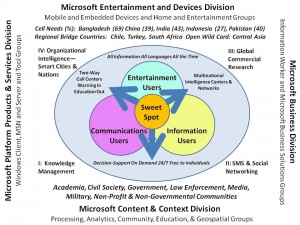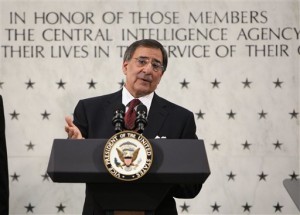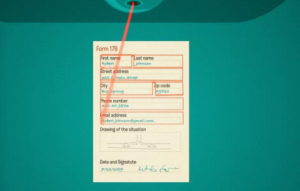
Microsoft's Ozzie Memo Urges ‘Post-PC' Devices, Services
By: Mark Hachman
PCMAG.COM 10.25.2010
In a memo, Microsoft executive Ray Ozzie warned that the industry is moving to a post-PC world, and warned Microsoft employees that they must either lead or be pushed aside.
The memo, entitled “Dawn of a New Day,” was dated Oct 28 and posted to Ozzie's personal blog. The memo marked five years after Ozzie arrived at the company, where he penned a similar memocharting the need to launch Internet services.
Ozzie said that memo had helped Microsoft on to success in the cloud, with products like Microsoft Azure, Microsoft Windows Live, and a socially-connected Xbox.
“Our products are now more relevant than ever,” Ozzie wrote. “Bing has blossomed and its advertising, social, metadata & real-time analytics capabilities are growing to power every one of our myriad services offerings. Over the years the Windows client expanded its relevance even with the rise of low-cost netbooks. Office expanded its relevance even with a shift toward open data formats & web-based productivity. Our server assets have had greater relevance even with a marked shift toward virtualization & cloud computing.”
Ozzie's latest memo, however, may have much less impact than his previous missive, however. That's because Ozzie said he would step down from his post as chief software architect after an undisclosed amount of of time. Ozzie apparently has no plans after that.
Ozzie's memo acknowledged the reality of “always-on” services like Facebook or Twitter, or Web mail services like Gmail or Hotmail, combined with connected devices like the Boxee Box or Apple TV.






